| Structure | Name/CAS No. | Articles |
|---|---|---|
 |
Potassium
CAS:7440-09-7 |
|
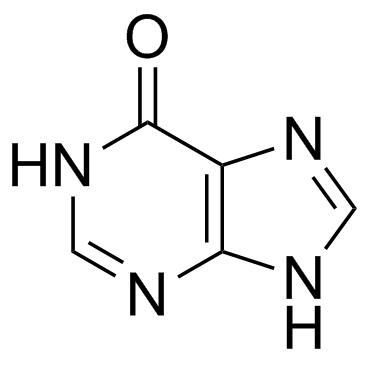 |
Hypoxanthine
CAS:68-94-0 |
|
 |
Dimethyl sulfoxide
CAS:67-68-5 |
|
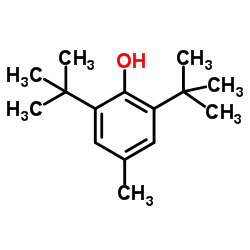 |
Butylated hydroxytoluene
CAS:128-37-0 |
|
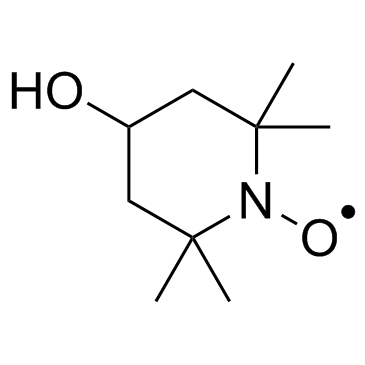 |
Tempol
CAS:2226-96-2 |
|
 |
potassium hydride
CAS:7693-26-7 |
|
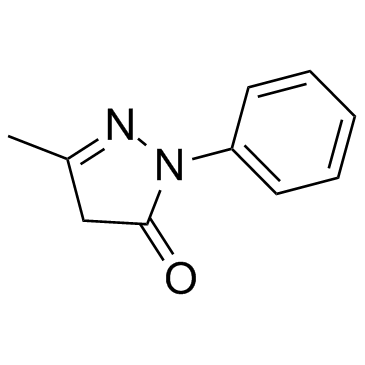 |
edaravone
CAS:89-25-8 |
|
 |
Butyric Acid
CAS:107-92-6 |
|
 |
2,6-Dihydroxypurine
CAS:69-89-6 |
|
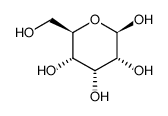 |
Beta-D-allose
CAS:7283-09-2 |